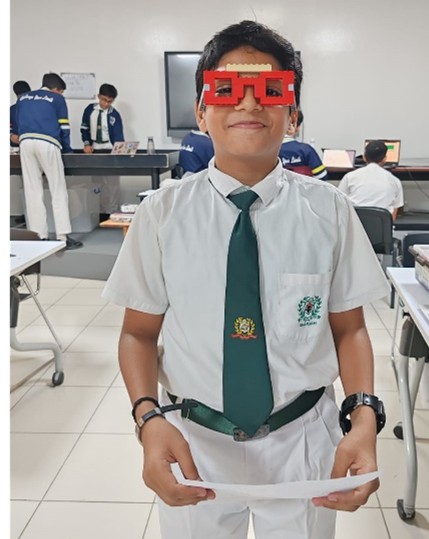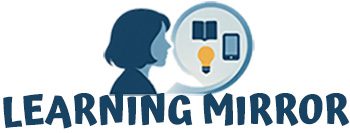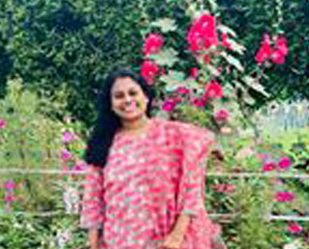
This week, my STEM class transformed into a buzzing lab of curiosity and imagination. What began with a simple question, why do we blink? Quickly opened the door to the fascinating world of the human eye. Students explored blind spots, understood the role of pupils, and learned about myopia and hyperopia. Their curiosity grew as they realized how science connects directly to everyday life.



The highlight was a hands-on challenge: design low-cost corrective spectacles. With cardboard, LEGO, and sheer creativity, students sketched, cut, built, and tested their prototypes. The classroom filled with laughter, problem-solving, and feedback as they discovered that true innovation is about creating, testing, failing, and refining.
But the excitement didn’t end there. A finance twist encouraged them to calculate costs, set prices, and even debate the idea of microloans. Some teams pushed their imagination further, adding ultrasonic sensors to create tech-smart spectacles.

Beyond the numbers, what truly stood out was the depth of learning. Students didn’t just design; they understood the concepts of vision, light, and optics. This understanding sparked their innovations and nurtured skills that go far beyond the lesson. Each idea whether simple or tech-rich reflected how young learners can dream big when given the space to think freely.
Some excelled in design, others in technology, but together they all became mini-innovators. The sparkle in their eyes behind those cardboard frames proved it: this lesson wasn’t just about correcting vision it was about envisioning the future.

Stiji Stephen



